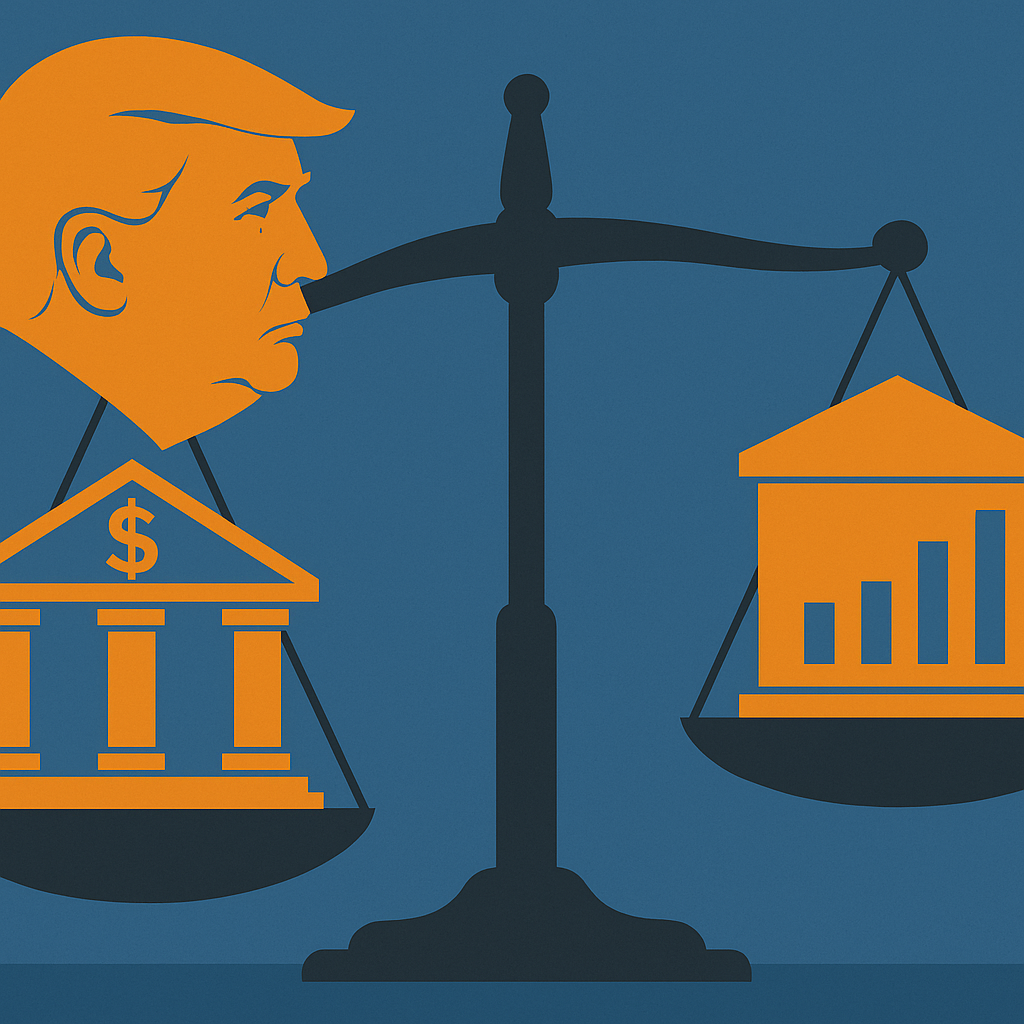President Donald Trump has announced plans to appoint a new Federal Reserve governor and a new commissioner for the Bureau of Labor Statistics (BLS) in the coming days, following a series of contentious moves that have sparked criticism over the politicization of U.S. economic data and institutions.
Trump revealed on Sunday that he intends to name replacements this week after the abrupt dismissal of BLS Commissioner Erika McEntarfer and the resignation of Fed Governor Adriana Kugler, both of which have raised concerns among economists and former officials.
Fallout Over BLS Commissioner’s Dismissal
In an unprecedented action, Trump fired McEntarfer shortly after the release of a disappointing U.S. jobs report, accusing her of manipulating the data to favor Democrats. On his social media platform Truth Social, Trump alleged without evidence that the report was “rigged,” echoing previous claims he made about pre-election statistics.
“We had no confidence. I mean, the numbers were ridiculous when she announced [them],” Trump told reporters, adding that the BLS had become unreliable due to repeated data revisions — a normal process under both Republican and Democratic administrations.
The White House defended the firing, arguing that the BLS needs “a pair of fresh eyes” to restore public confidence in federal statistics. Kevin Hassett, head of Trump’s National Economic Council, said in interviews that more “transparent and reliable” data was essential.
However, the decision drew swift bipartisan criticism. McEntarfer was confirmed by the Senate with an 86–8 vote in January 2024, including support from now Vice President JD Vance and Secretary of State Marco Rubio. William Beach, a former BLS commissioner under Trump, called the move “damaging” and warned that it undermines the credibility of the U.S. statistical system.
Federal Reserve Shake-up
Alongside the BLS change, Trump said he will soon appoint a new Federal Reserve governor to replace Adriana Kugler, who resigned five months ahead of her term’s scheduled end. Trump interpreted her early exit as agreement with his criticism of the Fed’s interest rate policies.
This appointment gives Trump an earlier-than-expected opportunity to reshape the Fed’s leadership and influence monetary policy. He has long clashed with Fed Chair Jay Powell, urging aggressive rate cuts and recently calling Powell a “knucklehead” for maintaining steady policy.
Powell’s term as chair ends in May 2026, but he may remain on the board as a governor until 2028 — unless he chooses to resign. Trump has encouraged Powell to step down, potentially paving the way for a new chair appointment.
Potential Successors and Broader Impact
Trump has “a couple of people in mind” to replace both McEntarfer and Kugler. Names floated for the Fed role include:
- Kevin Hassett, National Economic Council Director
- Kevin Warsh, former Fed governor and Hoover Institution fellow
- Scott Bessent, U.S. Treasury Secretary
All are seen as closely aligned with Trump’s economic views, particularly his desire for lower interest rates to stimulate growth.
The upcoming appointments mark a significant moment for U.S. economic governance, as Trump seeks to install loyalists in top positions that influence everything from inflation data and employment reports to monetary policy decisions affecting global markets.
A Test of Institutional Integrity
Critics argue that Trump’s recent actions represent an effort to politicize traditionally independent economic institutions, raising questions about the objectivity of data and decision-making in his second term.
Despite the backlash, the administration insists the moves are aimed at improving accountability and transparency. The nominees for both roles will require confirmation by the U.S. Senate, setting the stage for contentious hearings and broader debates about the independence of the Federal Reserve and national statistical agencies.



